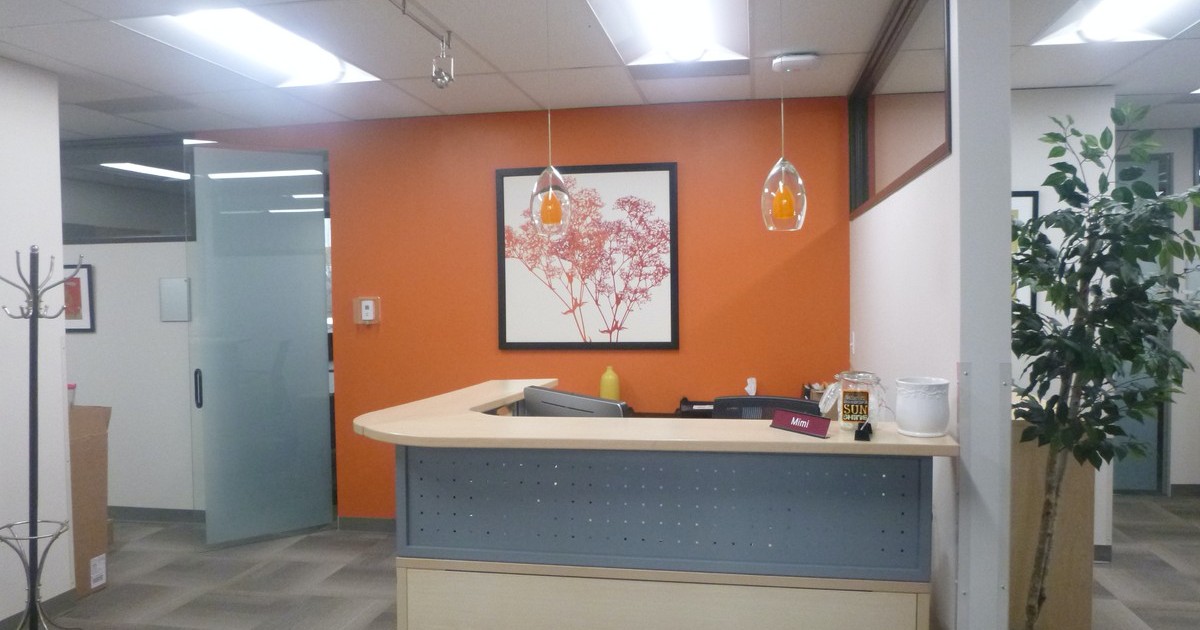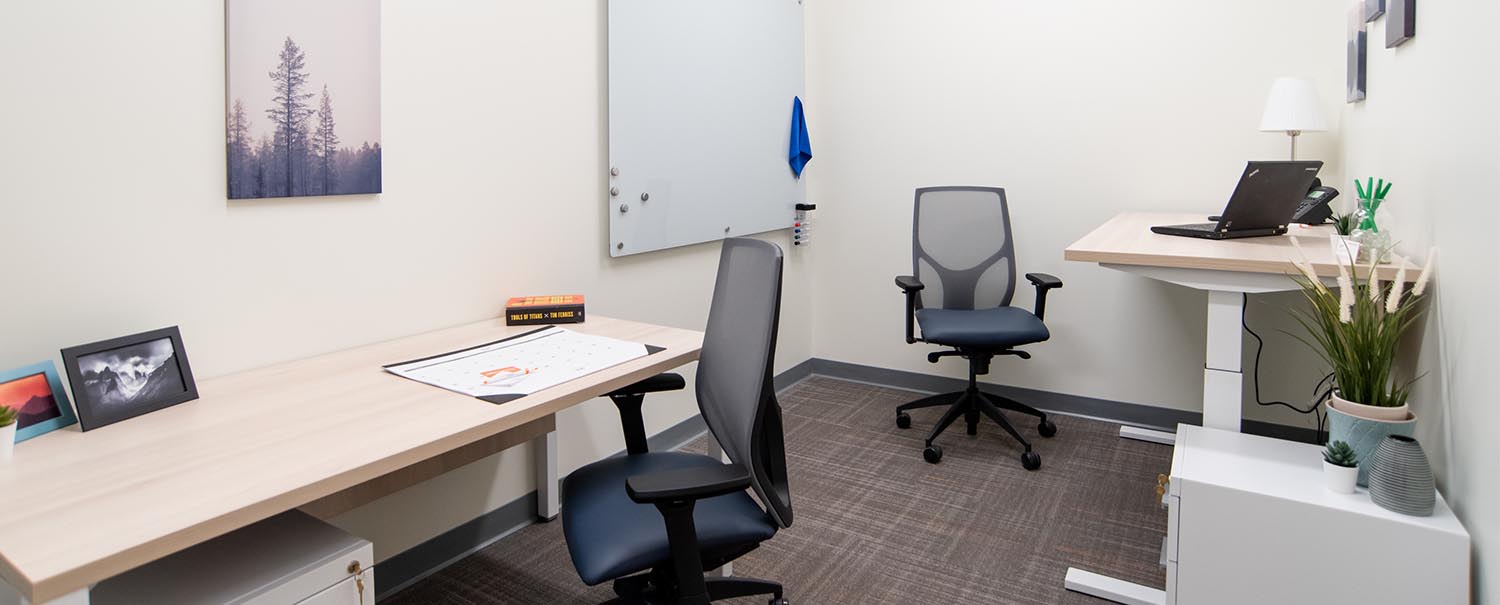
Business Budgeting: A Real-World Tutorial
As COVID-19 continues to impact business operations, many companies are actively seeking ways to tighten their financial belts and prepare for an uncertain future. If you’ve never had a business budget in place, there’s never been a better time to start examining how you’re spending money and where you may be able to cut back. If you do have a budget in place, now is a good time to review your expenditures and adjust according to your current business outlook.
Let’s look at some practical steps you can start taking today that can help you develop a small business budget and prepare your finances for uncertain times ahead.
1. Review Income Sources and Their Risk Factors
Your revenue is the sum of all income streams and serves as the starting line for your business budget. You don’t want to spend more than you make, so it’s important to understand how much you’re making before deciding how much you can afford to spend.
COVID-19 is an important reminder to look at each revenue source and determine how their business will impact your business. For example, a client who is a non-essential business that has been forced to temporarily shut down may mean a reduction in business for you.
Looking at the big picture, COVID-19 is just one risk factor to consider. Things like the general health of the economy or local legislation may impact your customers, so consider how things outside of your control may influence your revenue.
2. Calculate Your Fixed Costs
Your fixed costs are the business expenses that don’t change each month. For example, if you’re using Office Evolution for your private workspace, your membership would be a fixed cost.
Other fixed cost examples are subscription services (such as software products), supplies, payroll, and insurance.
3. Review Variable Expenses
Variable expenses are those whose prices may fluctuate each month. Utilities, marketing, professional development, and even your own salary likely change from month to month.
When tightening a business budget, many owners look to their variable expenses to see how they can influence how much they spend. For example, you may opt to take a lower salary on a slow month or you may hold off on professional development until business picks up again.
4. Include an Emergency Fund
More than half of businesses only have enough cash to stay in business for 27 days in the event of an emergency. Issues like COVID-19 shows the importance of having a few months of expenses to carry you through hard times. Once you calculate your expenses, you should have a better idea of how much you need to put away for a rainy day.
5. Monitor Your Budget Moving Forward
Budgets are living, breathing plans that should be monitored regularly, especially in emergency situations. Once you develop a business budget, it’s essential to look forward to ensuring your current revenue continues to justify your expenses. The longer you’re in business, the easier it will be to gauge the ebb and flow to better prepare for the short and long terms.
For more business insights, head back to our blog and find the Office Evolution location nearest you.